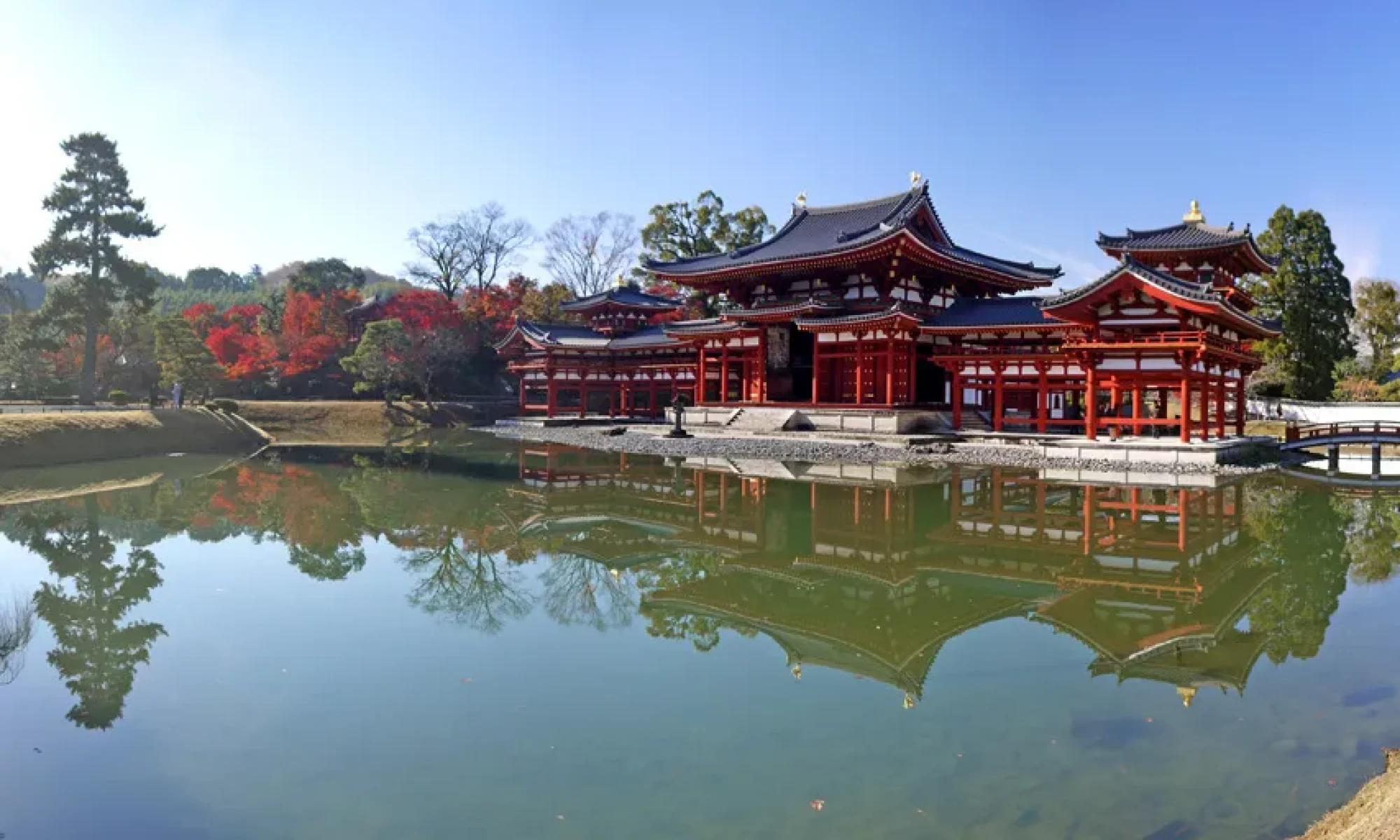I ate salmon chanchanyaki.
ingredients for 4 people
Autumn salmon (raw) 4 halves
Appropriate amount of salt and pepper
1/2 cabbage
1 onion
1/3 carrot
1 pack of shimeji mushrooms
tablespoon of butter
#Japan.#healthy food.#Japanese
food.#Japanese culture.#stayhome.#stayhealth.#staywork.#stay eat .#Kyoto https://masamiyake.com





















